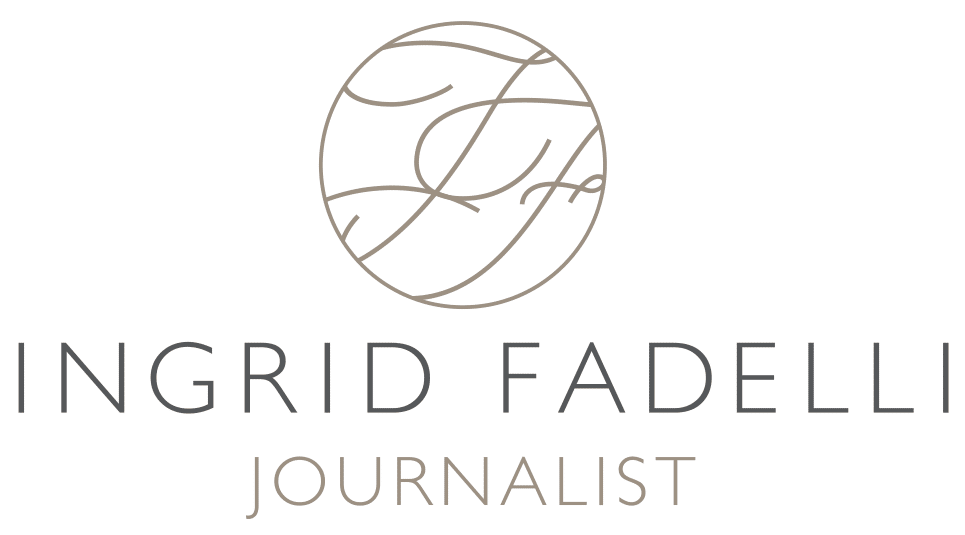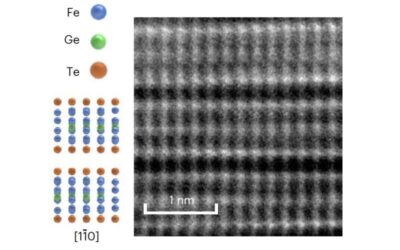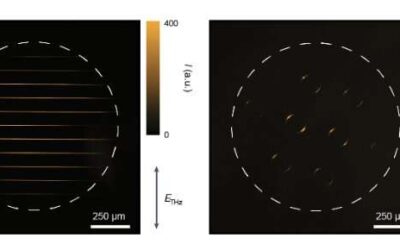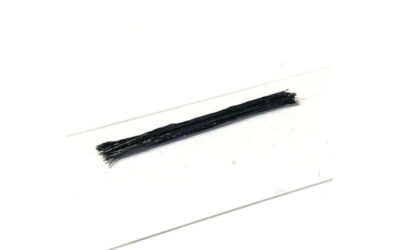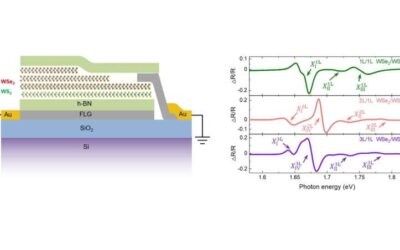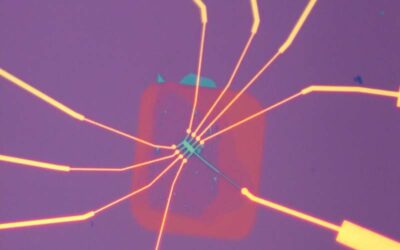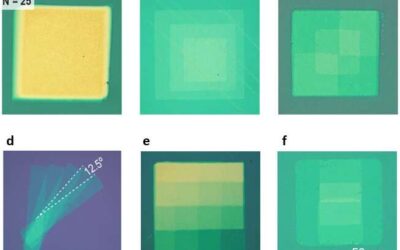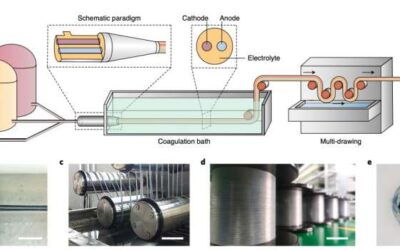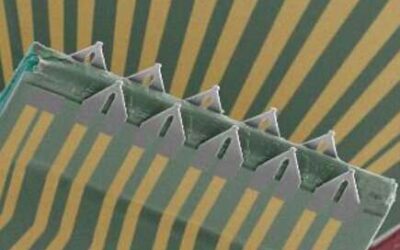Two-dimensional (2D) magnets, also known as magnetic van der Waals materials, have advantageous electrical and mechanical properties, such as antiferromagnetic or ferromagnetism. These properties make them particularly promising for the development of new technologies...
nanomaterials
Study observes Luttinger liquid behavior in a quasi-2D system
Luttinger liquids are usually paramagnetic materials exhibiting non-Fermi liquid behavior, such as molybdenum oxides. These "liquids" and their fascinating properties had so far been only observed in 1D and quasi-1D compounds, such as blue...
A room-temperature terahertz camera based on a CMOS and quantum dots
Terahertz (THz) radiation is electromagnetic radiation ranging from frequencies of 0.1 THz to 10 THz, with wavelengths between 30μm and 3mm. Reliably detecting this radiation could have numerous valuable applications in security, product inspection, and quality...
A single fiber actuator inspired by human muscles
To effectively replicate the movements of humans and animals, robots should integrate muscle-like structures. These artificial muscles should attain an optimal performance across all relevant actuation parameters, including energy density, strain, stress, and...
A design to tune moiré excitons in TMDC superlattices through varying layer degrees of freedom
Transition metal dichalcogenides (TMDCs) are an emerging and promising class of materials comprised of a transition metal atomic layer sandwiched between two layers of chalcogen atoms. These 2D materials have received considerable attention over the past few years, as...
From conventional to strange metal behavior in magic-angle twisted bilayer graphene
Magic-angle twisted bilayer graphene (MATBG) is a graphene-based material with a unique structure, consisting of two graphene sheets layered on top of each other with a misalignment of approximately 1.1°. This unique structure has been found to host various...
A robotic method for assembling complex van der Waals solids
2D van der Waals crystals, a class of materials that exhibit strong in-plane covalent bonds and weak interlayer interactions, have recently become the focus of numerous research studies due to their plethora of unique electrical, optical, and mechanical properties....
A promising method to produce fiber batteries on an industrial scale
Fiber batteries are millimeter-thin batteries based on fibers that can be woven into items of clothing or used to create highly flexible, wearable electronics. In recent years, many research teams worldwide have been trying to fabricate these batteries, using a range...
A device based on 3D transistor arrays for collecting intra and inter-cellular recordings
Animal cells can use elements or ions to generate electrical impulses. These impulses are then conveyed from one cell to another, traveling across cellular networks.
The observation of correlated states and superconductivity in twisted trilayer graphene
When two layers of graphene or of other two-dimensional (2D) materials are stacked on top of each other with a small angle misalignment, the crystal lattices produced by each layer are spatially 'out of synch'. This results in a unique structural pattern known as...
